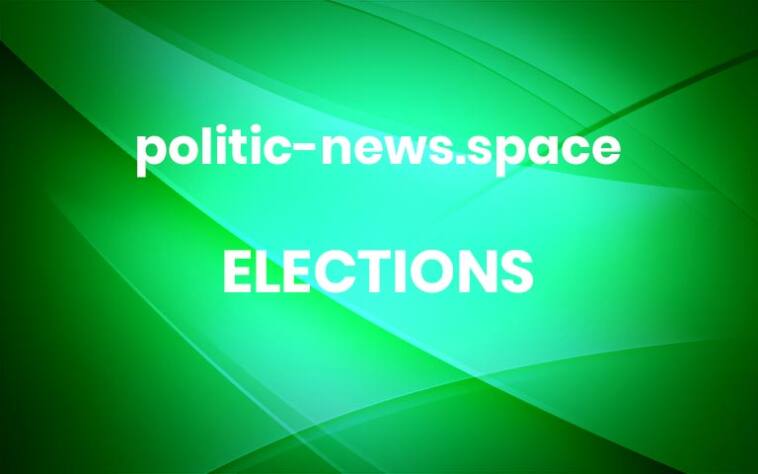Global leaders are retaliating and investors have sold off stocks in Asia and Europe.Nowhere to hide as a new wave of U.S. tariffs sinks global stock markets.Franck Robichon/EPA, via ShutterstockNot just tough talk President Trump wasn’t bluffing, after all.Global markets plunged on Tuesday after U.S. tariffs went into effect on roughly $1.5 trillion worth of imports from Canada, Mexico and China, with another, and even broader, wave set to kick in as soon as next week.China and Canada have already responded, with Beijing targeting the American heartland with sweeping levies on imported food and halting log and soybean shipments from select U.S. companies. Mexico is expected to retaliate, too.The escalation has global business leaders increasingly worried about what will come next, as economists warn that consumers and companies will soon see higher prices. Warren Buffett offered a reminder of what the global economy is facing. “Tariffs,” the billionaire investor said this week, “are an act of war, to some degree.”Here’s the latest:Stocks in much of Asia and Europe fell on Tuesday, after the S&P 500 yesterday suffered its worst one-day decline this year. U.S. stock futures were down slightly on Tuesday.Hit especially hard on Tuesday were the shares of European automakers, including Volkswagen, BMW, and Daimler Truck. Levies could slam the sector, which is highly dependent on a complex cross-border supply chain.The CBOE volatility index, Wall Street’s so-called fear gauge popularly known as the VIX, jumped, posting its biggest one-day spike this year, according to Deutsche Bank.The sell-off also extended to cryptocurrencies (more on that below), and, in a new twist, the dollar.If global investors weren’t spooked before, they seem to be now. “The market finally took the Trump administration at its word, and the realization that the tariff talk wasn’t just a negotiating tactic is starting to sink in,” Chris Zaccarelli, an investment strategist for Northlight Asset Management, said in a research note yesterday evening.How long will the trade battle last? Analysts see reason for cautious optimism — at least on China. “We view Beijing’s responses as still strategic and restrained,” Xiangrong Yu, Citigroup’s chief China economist, said in a research note on Tuesday. He said a trade deal was still “plausible.”The Shanghai composite index closed slightly higher on Tuesday.Market watchers warn of deep repercussions should the trade war drag on. Trump seems to be digging in, telling reporters yesterday that there is “no room left for Mexico or for Canada.” A protracted fight could dent global growth and accelerate inflation, all of which could “hamstring the Fed,” Mark Haefele, the chief investment officer at UBS Global Wealth Management, told Bloomberg Television on Tuesday.We are having trouble retrieving the article content.Please enable JavaScript in your browser settings.Thank you for your patience while we verify access. If you are in Reader mode please exit and log into your Times account, or subscribe for all of The Times.Thank you for your patience while we verify access.Already a subscriber? Log in.Want all of The Times? Subscribe. More



